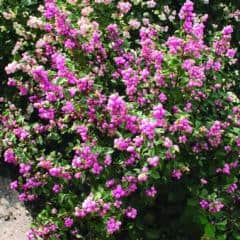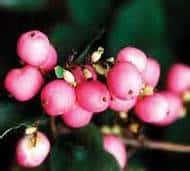Ah, June. The sweetest of the Summer months. Gentle and blithe. Light and amiable. Warm and wholesome. She is but a peck on the cheek, called to court the child in us to frolic in her fields.
Though it is not yet officially summer, she can no longer be ignored. The landscape matures and transforms swiftly and adeptly, each day presenting a new vista. Hummingbirds, bees and wasps have become a constant presence, and we welcome them, mostly, with open arms.
All three play important roles in the landscape, but humans have long shared a tenuous relationship with bees and wasps, so it’s crucial we’re able to identify their differences in an effort to strike some sort of balance between personal comfort and safety and the health and wellness of their populations.
First and foremost, bees are pollinators. They tend to be hairy or fuzzy. Their legs are generally not visible when in flight. Bumblebees and honeybees live in colonies either in wax-based honeycombs or small holes in the ground. They are generally considered gentle and will not sting unless their hives are threatened, and it is unlikely to unwittingly come across their homes. Honeybees sting once and die while bumblebees have the ability to sting and re-sting. Carpenter bees are large and somewhat menacing, drilling holes into decks, beams and other wooden structures as big as 1″ in diameter. Surprisingly, the males do not sting, and the females will only sting if handled.
Wasps, on the other hand, are predators. They tend to be hairless and have smooth, shiny bodies. Their two, long legs are highly visible when in flight. Wasps, however, pose a greater threat as they tend to be more aggressive and are attracted to food and garbage, so our paths are more likely to cross. Yellowjackets, which tend to resemble honeybees but are truly wasps, pose the greatest threat. They are highly aggressive and protective of their nests. Further still, yellowjackets have the ability to sting repeatedly. Generally, wasps make their homes in ground burrows and cracks and crevices on the outside of the home as well as papery combs or nests found hanging off of eaves, trees and even in soil cavities.
Ideally, we need to cohabitate with both bees and wasps. Creating a bee friendly garden is a great first step. Being able to identify them and their nests may prove to be even more important. Although wasps tend to get a bad rap, they too serve an important purpose. In fact, wasps may be the solution to the Emerald Ash Borer problem. The bottom line is know the difference, be wary of their nests, keep yourself safe and respect their diverse and valuable roles in the landscape. And as always, contact Sweeney’s! Pollinator friendly gardens are just one of the many services we offer.
Plant of the Week:
First Editions Candy Coralberry
Small pink flowers bloom May – June and cotton candy hued berries ripen in early Fall on gracefully arching stems that remain all Winter. Prefers full sun and moist, well-drained soil. Grows in a mounding habit 24-36″ high and 24-36″ wide. Drought tolerant and attracts pollinators.
“What is one to say about June, the time of perfect young summer, the fulfillment of the promise of the earlier months, and with as yet no sign to remind one that its fresh, young beauty will ever fade.”
-Gertrude Jekyll
Best wishes,
Kim Sweeney


